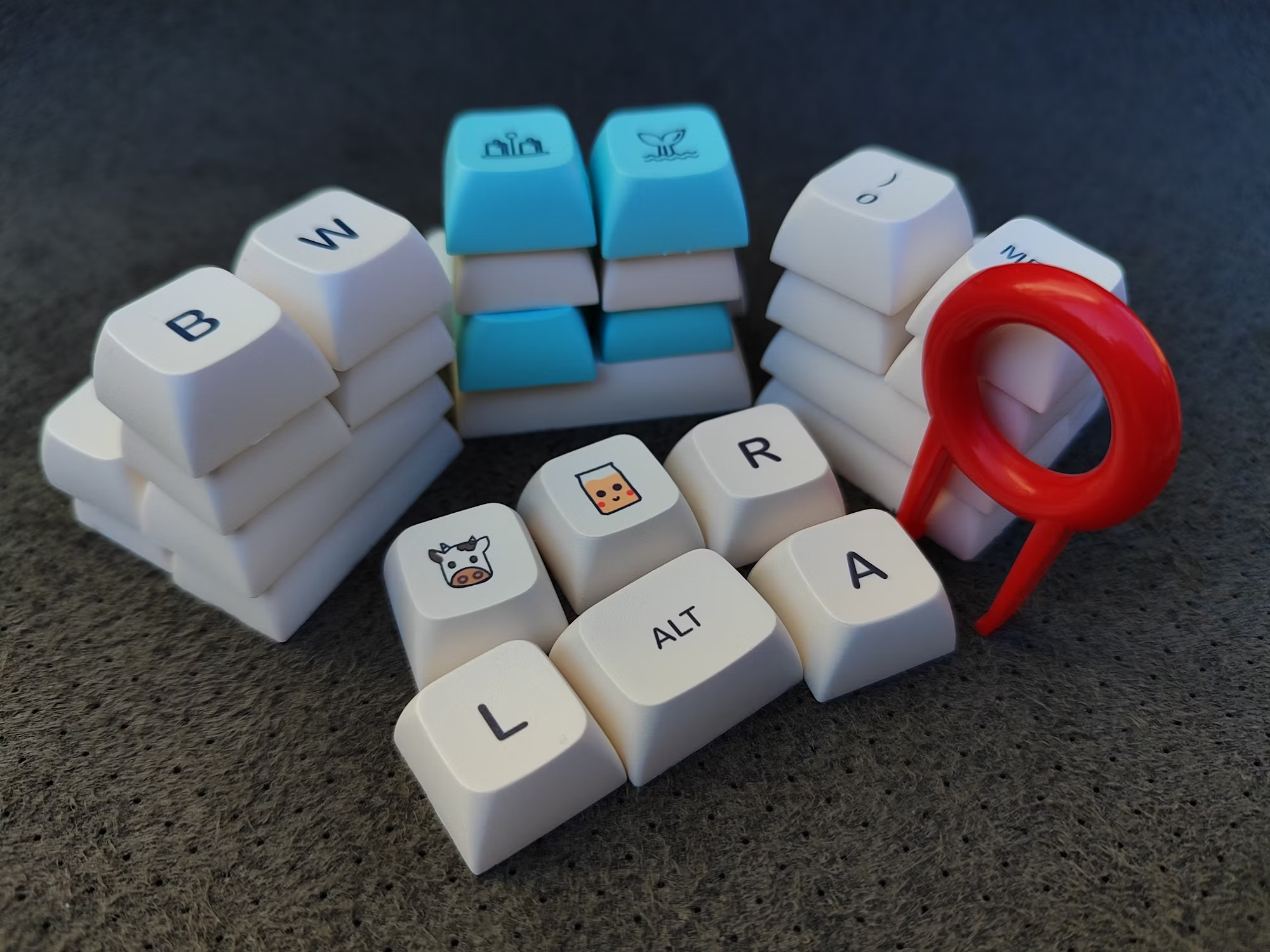Level design is a crucial aspect of game development that significantly influences the player’s experience. It encompasses the creation of environments, challenges, and pathways that players navigate through while playing a game. Effective level design not only enhances gameplay but also tells a story, evokes emotions, and immerses players in a crafted world. This article delves into the art of level design, exploring its principles, challenges, and the impact it has on gaming.
At its core, level design serves to guide players through a game, providing a sense of progression and discovery. A well-designed level should balance challenges with rewards, encouraging players to explore while ensuring they feel a sense of accomplishment. The journey begins with a concept, where designers outline the objectives and narrative elements that will shape the player’s experience. This foundational work is essential for creating levels that are both engaging and coherent.
One of the fundamental principles of level design is the flow of gameplay. Designers must consider how players move through the environment, using visual and audio cues to guide them. Key paths should be clearly marked, while optional areas may be more subtly indicated, rewarding players for their curiosity. The rhythm of gameplay is also crucial; levels should provide moments of tension followed by relief, ensuring that players remain engaged without feeling overwhelmed.
Furthermore, pacing is an important aspect of level design. Effective pacing helps maintain player interest by varying the intensity of challenges throughout a level. Designers often employ techniques like introducing new mechanics gradually or incorporating quiet moments for exploration and reflection. This ebb and flow create a dynamic experience, making each level feel unique and ensuring players remain invested in their journey.
Another key consideration in level design is the use of space. Designers must think critically about the layout of environments, ensuring that each area serves a purpose. Open spaces can encourage exploration and player interaction, while tighter spaces can heighten tension and challenge. Verticality is also an important aspect; multi-level designs can create opportunities for strategic gameplay, offering players multiple paths and tactics to consider.
The visual design of a level contributes significantly to its overall atmosphere and player engagement. Art style, color schemes, and environmental storytelling all play vital roles in crafting an immersive experience. For instance, a brightly lit, colorful world might evoke feelings of joy and adventure, while darker, more subdued environments can create a sense of tension or foreboding. The visual elements of a level should align with its narrative, reinforcing the emotional tone of the game.
Sound design is another critical component of effective level design. Audio cues can enhance immersion and guide players through the environment. For example, the sound of distant footsteps might signal an approaching threat, while the gentle rustle of leaves can create a sense of tranquility in an outdoor setting. Sound can also serve to heighten emotional moments, making players feel more connected to the game world and its characters.
Level design is not without its challenges. One common issue is maintaining player engagement over extended gameplay. Designers must consider how to keep players invested, especially in longer levels or open-world environments. Techniques such as varied objectives, dynamic events, and interactive elements can help sustain interest and encourage exploration. Designers also need to strike a balance between providing enough guidance and allowing for player agency, as too much direction can diminish the sense of discovery.
Playtesting is an essential part of the level design process. Gathering feedback from players can provide valuable insights into how effectively a level communicates its objectives and challenges. Observing players as they navigate a level can reveal pain points, confusing areas, or elements that detract from the overall experience. Iteration based on playtesting feedback is crucial for refining level design and ensuring that it meets player expectations.
As technology continues to advance, the possibilities for level design are expanding. Tools such as procedural generation allow designers to create vast, dynamic worlds that offer unique experiences for each player. This innovation not only enhances replayability but also enables developers to craft environments that respond to player actions, creating a more interactive and personalized experience.
The impact of level design extends beyond individual games; it has also influenced the broader gaming landscape. Iconic levels from games like ‘Super Mario Bros. ‘ and ‘The Legend of Zelda’ have set benchmarks for quality and creativity, inspiring countless designers. The principles established by these classic games continue to inform modern design practices, emphasizing the importance of player engagement and immersion.
Moreover, level design plays a pivotal role in multiplayer games, where the balance between competitive fairness and engaging environments is essential. Designers must create maps that encourage player interaction while preventing any single strategy from dominating gameplay. This requires a deep understanding of player behavior and the dynamics of competition, as well as a willingness to adapt and iterate based on community feedback.
In recent years, the rise of virtual reality (VR) has introduced new dimensions to level design. Creating immersive environments in VR requires a different approach, as designers must consider how players physically move within the space. Interactivity and spatial awareness become paramount, leading to innovative gameplay mechanics that take advantage of the medium’s capabilities. This evolution not only challenges designers to think creatively but also opens up new avenues for player engagement and storytelling.
In conclusion, the art of level design is a multifaceted discipline that combines creativity, technical skills, and a deep understanding of player psychology. By crafting environments that guide, challenge, and immerse players, designers can create unforgettable gaming experiences. As technology continues to evolve, the potential for innovative level design will only expand, promising exciting new adventures for players around the world. Whether in single-player narratives or competitive multiplayer arenas, effective level design remains at the heart of what makes games truly engaging and memorable.
